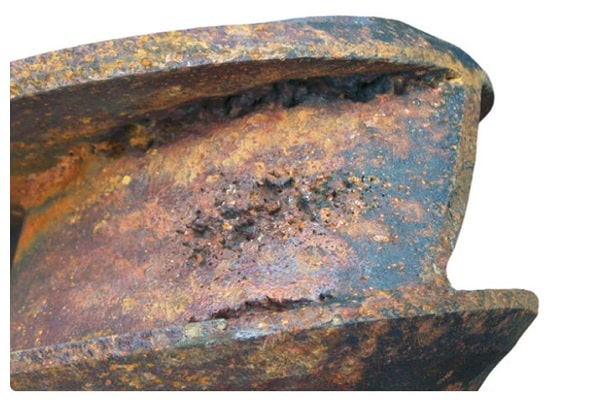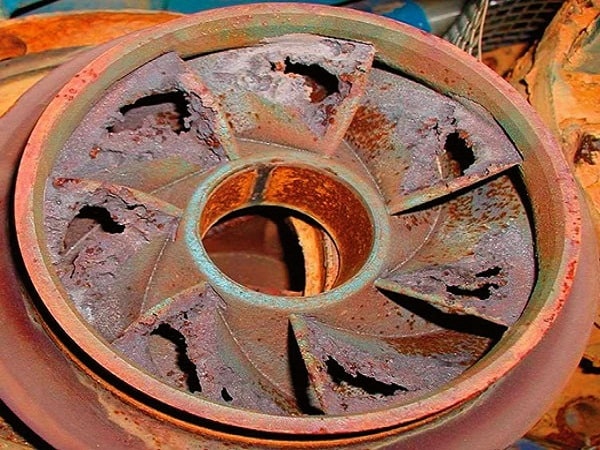Cavitation is a phenomenon that often occurs in hydraulic systems under a series of special conditions. At high speeds, it causes damage and pits on the surface. Cavitation damage to structures designed for high speeds and in high dams and large overflows is a permanent problem.
How cavitation is formed
Whenever in any part of the hydraulic system the system pressure drops so low that it reaches the vapor pressure limit (vapor pressure is the pressure at which the liquid begins to boil and reaches equilibrium with its steam).
In this case, due to these two factors, the liquid in which that part of the liquid is flowing will immediately boil and the fluid will turn into steam and bubbles of steam will form.
Mechanism of failure in the system
cavitation
The bubbles mentioned in the previous section, after a short distance, reach areas with more pressure and explode, producing noise and creating shock waves, hitting the boundary between the fluid and the structure, and after a short time, causing erosion and corrosion on the solid boundary. .
Re-conversion of bubbles into liquid and the pressure caused by its explosion sometimes reaches 3 MPa.
Since the contact surfaces of these bubbles with the overflow bed are very small, an extraordinary amount of force is applied to the overflow beds and calm pools as a result of these explosions.
This is done in a short time and with a lot of repetition, which causes corrosion of the overflow bed and gradually these corrosions become large cavities.
This stage is called cavitation erosion or cavitation pitting.
As mentioned, cavitation causes many problems such as corrosion

Corrosion caused by cavitation in a pump
This phenomenon can be detected in different devices and by taking some measures, it can be eliminated.
The main concepts of this process were fully explored in the previous section, and as mentioned, cavitation produces a shock wave in the fluid, which causes mechanical vibrations and audible sound.
Therefore, it can be concluded that detecting the occurrence of cavitation is not a difficult task.

Prevent cavitation
The simplest way to reduce the possibility of cavitation in a pump is to increase its inlet pressure, and this is possible by reducing the distance between the pump and the tank, ie reducing the height of the pump or increasing the height of the water tank.
Another way to eliminate this phenomenon is to reduce the pressure drop and turbulence of the flow in the flow path before the pump.
This can be done in two ways. The first way is to choose a pump that has the same inlet diameter as the pipe diameter, and the second way is to reduce the number of connections in the flow path.
Another point that all manufacturers are obliged to observe is the issue of maintenance of devices.
They believe that the main factor in reducing cavitation damage is to take maintenance seriously, so that this operation in industry is not just a recommendation but a serious requirement.
The use of additive cooling additives in diesel engines is also strongly recommended to reduce cavitation damage.
In many other applications, such as “hydrofoils” and “propellers”, it is difficult to control the outdoor environment, and using the methods mentioned above, ie increasing the pressure or inlet temperature, is not very useful.
The precise design of this equipment must be considered so that cavitation does not occur in their working conditions.
